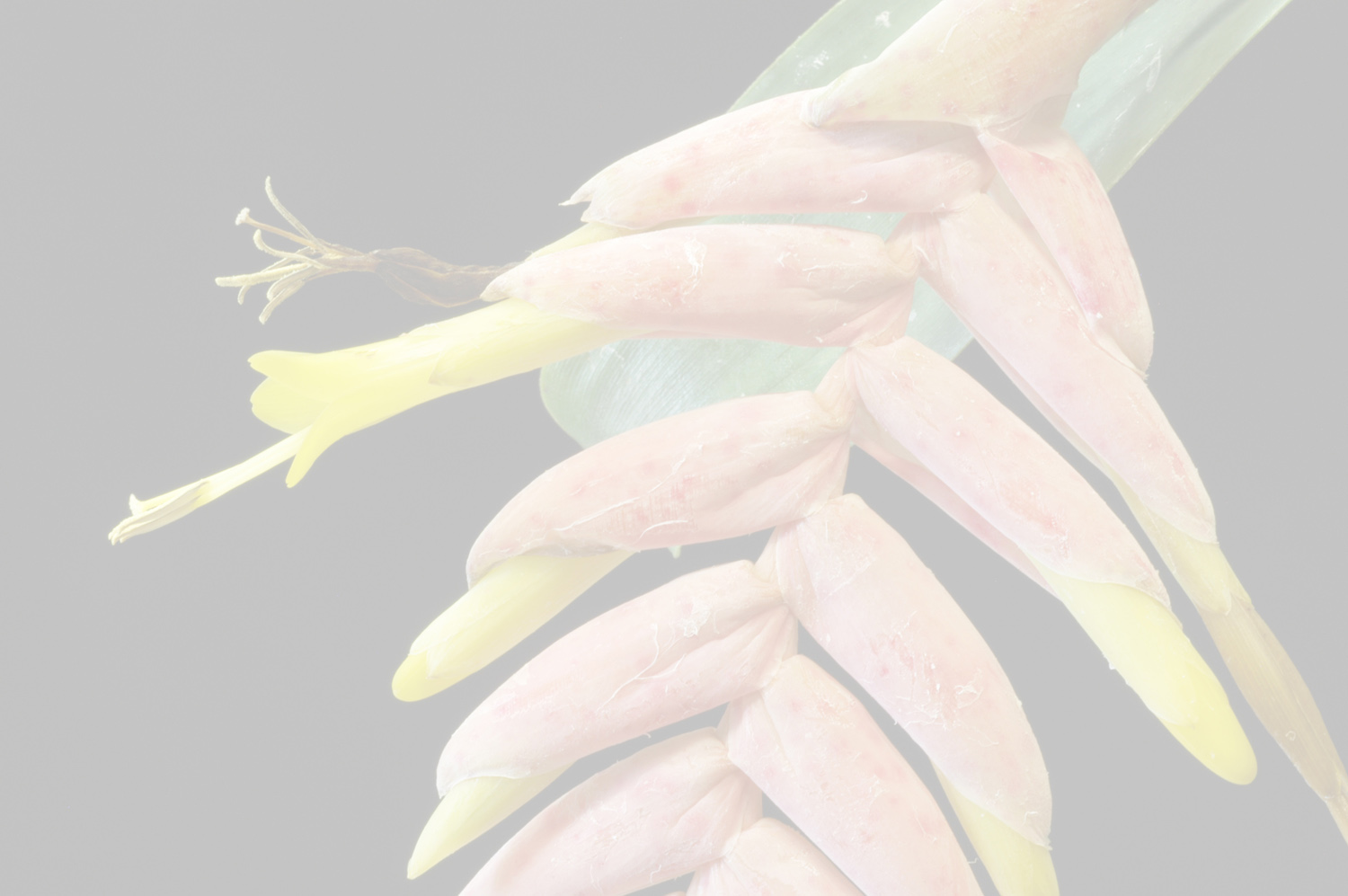Vriesea duvaliana E.Morren
Literature references:
*move your mouse pointer over the page numbers to see comment
Comments:
- Article by Robert W Read in JBS 1992 p71
Vriesea duvaliana E. Morren was introduced into cultivation about 1875 and named after M. Leon Duval of Versailles by the noted bromeliad botanist Edouard Morren. Leon Duval was a contemporary of both Andre and Morren. He was so fascinated by all exotic plants that his enthusiasm quite naturally included bromeliads. He had a special insight and appreciation for the pollination and seed-growing peculiarities of bromeliads and, while untrained as a botanist, possessed an innate understanding of their systematic relationships.
According to the Smith and Downs monograph, Vriesea duvaliana flowers at a height of 40-50 cm (15 3/4 "-19 11/16 "), as shown in the approximately life-size illustration by J. Cambresier, published in Belgique Horticole in 1884. It is curious, however, that Duval should state in his book on bromeliads: "among the smallest of the species, certainly Vriesea Duvali [ sic] Andre should be mentioned." And, in his "Note sur un Vriesea hybride," where one of his earliest hybrids was discussed, Duval wrote: "V. duvaliana [to use the modern epithet], the mother, is a plant of very small stature and produces its inflorescence when barely a few centimeters tall."
Baker described the species as having leaves "half a foot long," the "peduncle as long as the leaves," with the "spike. . .5-6 in. long and 2 in. broad.". Again, not as tiny as Duval would lead us to believe. Apparently, outside its natural range the species varies considerably in size, perhaps blooming smaller at the higher latitude and peculiar conditions of Versailles. A specimen collected by Belem & Penheiro (#2372) from Bahia, Brazil, and identified by L.B. Smith as V. duvaliana appears to be at least 35 cm (13 3/4 ") high when in bloom, matching closely the original plate and description. —See Smith & Downs 1977

